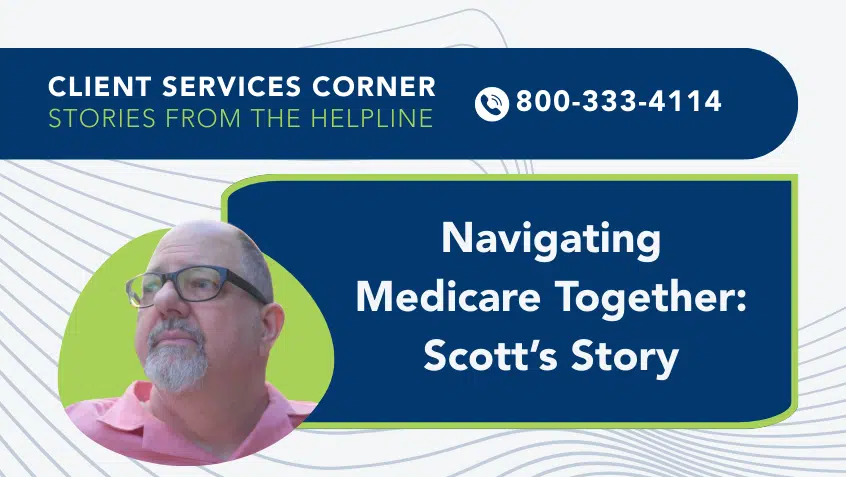Join Us Live for a Discussion on Medicare, Democracy, and the Future of Health Care
How Medicaid Per Capita Caps Would Affect Low-Income People with Medicare

The Kaiser Family Foundation (KFF) recently released an issue brief highlighting what a Medicaid per capita cap could mean for people with Medicare who have low incomes. Through the American Health Care Act, some policymakers propose capping what the federal government pays for Medicaid benefits—effectively undermining the program’s basic promise and guarantee.
KFF sums up the impact of a Medicaid per capita cap for low-income people with Medicare with the following key points:
- Medicaid is now jointly financed as an open-ended shared responsibility between the federal and state governments; the American Health Care Act proposes a major change in financing with a per capita cap
- The shift to per capita caps would limit federal Medicaid contributions – a change that is likely to have fiscal implications for states and enrollees, including 11 million people with both Medicare and Medicaid
- The impact on any given state will depend on a number of factors, including the growth in the share of its 85+ (highest cost) population
- States with costs that exceed the cap for their senior or disabled enrollees would need to find other revenues to maintain coverage, or reduce costs
Source: Kaiser Family FoundationThe effects of a per capita cap would vary depending on the circumstances in a particular state, but experts warn of an array of negative consequences. Last week, Medicare Rights attended an event hosted by the National Coalition on Health Care, on this issue. During the event, Cindi B. Jones, Director of Department of Medical Assistance Services of the Commonwealth of Virginia, expressed concern that the state of Virginia would lose $22 million the first year of proposed caps and $700 million over 10 years. Jones pointed out that states have only three ways to save money and prevent Medicaid losses: cut provider payment rates, cut services covered, or cut eligibility—making it more difficult for low-income people to enroll.
Show Comments
We welcome thoughtful, respectful discussion on our website. To maintain a safe and constructive environment, comments that include profanity or violent, threatening language will be hidden. We may ban commentors who repeatedly cross these guidelines.
Help Us Protect & Strengthen Medicare
Donate today and make a lasting impact
More than 67 million people rely on Medicare—but many still face barriers to the care they need. With your support, we provide free, unbiased help to people navigating Medicare and work across the country with federal and state advocates to protect Medicare’s future and address the needs of those it serves.
The Latest
Most Read
Add Medicare to Your Inbox
Sign up to receive Medicare news, policy developments, and other useful updates from the Medicare Rights.
View this profile on InstagramMedicare Rights Center (@medicarerights) • Instagram photos and videos









